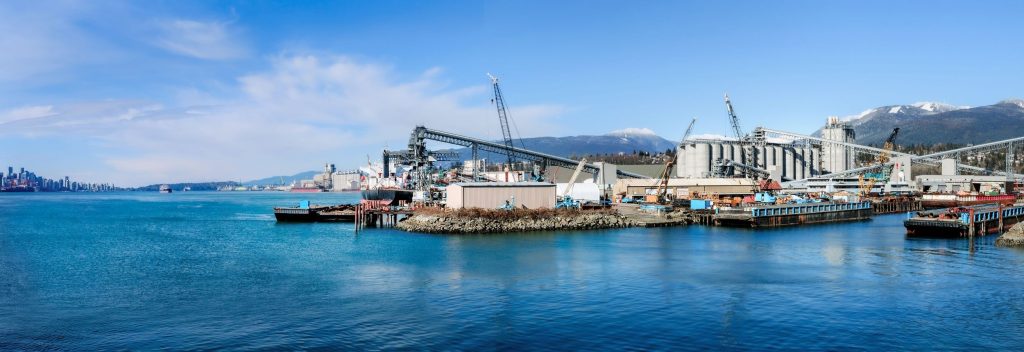Marine construction is a critical field that specializes in constructing structures over or adjacent to water bodies. Among the various projects in this domain, building bridges and causeways over water stands out due to its complexity and significance. These structures not only facilitate transportation but also play a crucial role in economic development and connectivity. This article delves into the intricacies of marine construction services, focusing on the construction of bridges and causeways over water.
The Importance of Marine Construction
Marine construction encompasses a wide range of activities, including the building of piers, docks, harbors, and underwater pipelines. However, the construction of bridges and causeways is particularly vital as these structures serve as lifelines for communities, connecting remote areas, and fostering trade and mobility. The importance of these constructions cannot be overstated, as they significantly impact local economies, reduce travel time, and enhance the overall infrastructure.

Engineering and Design Considerations
The construction of bridges and causeways over water requires meticulous planning and engineering. The design phase involves extensive surveys and studies to understand the geological and hydrological conditions of the site. Engineers must consider factors such as water depth, current, wave action, and the potential for natural disasters like earthquakes and hurricanes. Modern technology has significantly advanced the design and construction processes. Computer-aided design CAD software allows engineers to create detailed and precise models of the structures. These models help in visualizing the construction process, identifying potential challenges, and planning for contingencies. Additionally, advanced materials such as high-strength concrete and corrosion-resistant steel are now commonly used to enhance the durability and longevity of the structures.
Construction Techniques and Challenges
Marine construction presents unique challenges that require specialized techniques and equipment. One of the primary challenges is working in a water environment, which complicates both the logistics and the actual construction process. Equipment such as barges, cranes, and floating platforms are essential for transporting materials and workers to the construction site. Pile driving is a common technique used in the construction of bridges and causeways. This involves driving long, sturdy columns piles into the seabed to provide a stable foundation for the structure. The piles are typically made of steel, concrete, or wood, depending on the specific requirements of the project. This process requires precise engineering to ensure that the piles are correctly positioned and driven to the necessary depth.
Notable Projects and Future Trends
There are numerous notable bridge and causeway projects worldwide that showcase the capabilities of marine construction services. Looking ahead, the future of marine construction is promising, with advancements in technology and sustainable practices paving the way for more efficient and eco-friendly projects. Innovations such as underwater drones for inspection, 3D printing of construction materials, and the use of renewable energy sources are set to revolutionize the industry.
MBI Construction Company in New York plays a crucial role in building bridges and causeways over water, enhancing connectivity, and contributing to economic development. The complexity and significance of these projects demand advanced engineering, meticulous planning, and adherence to safety and environmental standards. As technology continues to evolve, the marine construction industry is poised to achieve even greater feats, creating structures that stand as testaments to human ingenuity and resilience.